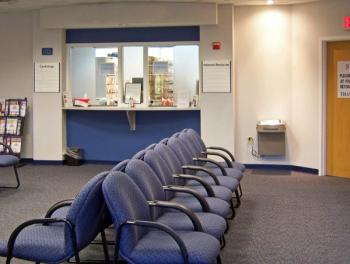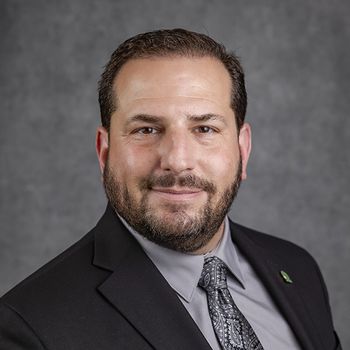
Top administrative challenges for 2023: Patient communication
The No. 3 administrative challenge facing medical practices in 2023.
Editor's Note: Every year, Medical Economics® asks our physician readers what challenges they are facing in their practices. And every year, we get the same answer as the top challenge: administrative burdens. For our first issue of 2023, we decided to take a stab at fleshing out what some of those administrative burdens are and what physicians can do about them in their practice. We focused on five administrative burdens that our readers commonly tell us are major issues.
It wasn’t so long ago, relatively speaking, that doctors and medical practices had only a few ways of communicating with patients (and vice versa): in person, by landline telephone, or via U.S. mail.
Now those days seem as quaint as the era of travel by horse and buggy. Today medical providers and patients have a myriad of new communication tools at their disposal, such as text messaging, telehealth, patient portals and social media platforms — not to mention the widespread use of cell phones.
The explosion in communication technologies brings numerous challenges for doctors and medical practices, starting with patient expectations. Patients, especially younger ones, expect the same ease and convenience in communicating with their doctor that they find when shopping or ordering a meal online. In a recent survey of 2,000 adults, 61% said they wanted health care to mimic the experience provided by a customer service app, and 79% said they wanted the ability to use technology to manage their overall health care experience.
“Patients want the convenience of connecting with your practice however and whenever they want — by phone, website or text, inside or outside office hours,” says Justin Jacobson, vice president of patient engagement solutions for Nuance Communications Inc., a technology company that offers conversational artificial intelligence solutions.
COVID-19’s arrival further highlighted the importance that patients place on communicating with their doctor. In a 2021 survey of patients by health care software company SymphonyRM, now Actium Health, 41% of respondents said they had less confidence in their doctor since the arrival of COVID-19, mainly due to a lack of communication about the disease. Conversely, those who reported more confidence said it was due to their provider’s rapid transition to virtual care, frequency of communication about COVID-19 and use of digital communication tools.
For medical practices, the implications are clear. Their success increasingly depends on their ability to acquire and integrate the communication channels that patients have come to expect in other aspects of their daily lives. Practices that meet those expectations can reap benefits such as higher levels of patient engagement and loyalty, a stronger bottom line and improved patient outcomes.
Among the newer communication tools, texting may offer the most advantages for the least cost and effort. Practices can use automated text messages to remind patients of upcoming appointments (thereby reducing no-shows), share pre-appointment requirements such as fasting, and inform them when they are due to receive preventive services like colonoscopies and vaccinations.
In addition, follow-up text messages are more effective than telephone calls at reducing hospital readmissions or emergency department visits following hospital discharge, according to a 2022 study published in JAMA Network Open.
A further benefit of texting is its popularity with patients. A 2021 health survey by Healthcare Information and Management Systems Society/Solutionreach Inc. found that 65% of patients want to get appointment confirmation/reminders and pre-visit care instructions via text message. Moreover, more than one-third of those surveyed — including 64% of those age 50 and younger — said they’d be willing to change providers to receive text messages and other modern forms of communication. Nearly 90% cited convenience as the primary reason why they preferred texting versus other means of communicating with their doctor.
Ultimately, the goal of all patient communications should be to create an approach that “empowers patients to become active participants in their care,” says Gary Hamilton, CEO of
Here are four tips for using new technologies to improve patient communications:
- Try to meet patients where they are. Find out what mode of communication each patient prefers and use it as much as possible when communicating with that patient.
- Install and use as many different communication forms as your practice budget allows, and let patients know you have them and how to use them.
- Assign a staff member responsibility for monitoring the patient portal, including answering patients’ questions about how to use it and what information is available on it and triaging messages and requests that come through it.
- Check with a health care attorney or your local medical society to ensure that all your patient communication tools are compliant with the Health Insurance Portability and Accountability Act of 1996.
Newsletter
Stay informed and empowered with Medical Economics enewsletter, delivering expert insights, financial strategies, practice management tips and technology trends — tailored for today’s physicians.















